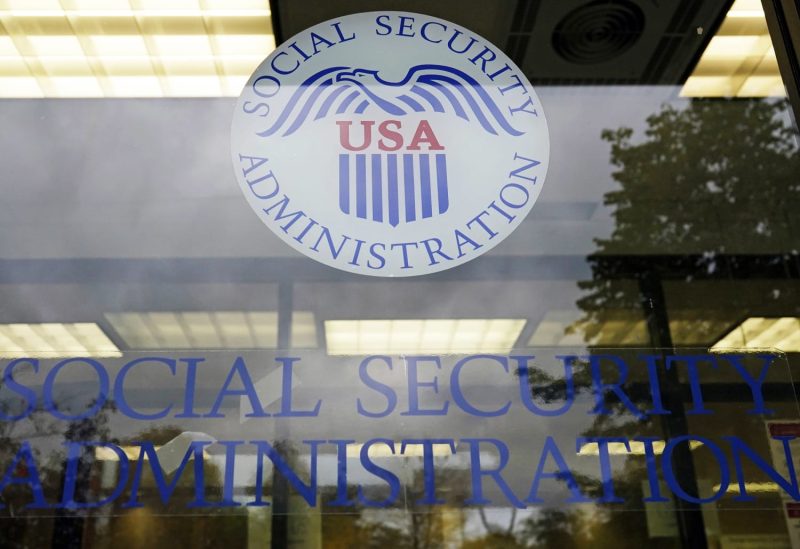The Social Security Administration is set to implement new rules to make it easier for beneficiaries to access certain benefits and increase the payments some may receive.
The new changes affect Supplemental Security Income, or SSI, which provides more than 7 million Americans with monthly benefit checks. Those benefits are for seniors ages 65 and up, or adults and children who are disabled or blind, and who have little or no income or resources.
“We already know that the benefit amounts that are available to people receiving SSI are incredibly low,” said Lydia Brown, director of public policy at the National Disability Institute.
“They’re not as high as perhaps they could be to fully account for the needs that people have,” Brown said.
The maximum federal monthly SSI benefit is currently $943 per eligible individual and $1,415 for an eligible individual and eligible spouse.
The changes, which are slated to go into effect Sept. 30, are a “positive move in the right direction,” Brown said.
The agency on Thursday announced a new rule to expand the definition of a public-assistance household. Now, households that receive Supplemental Nutrition Assistance Program, or SNAP, payments and those where not all members receive public assistance will be included.
With the change, more people may qualify for SSI, current beneficiaries may see higher payments and individuals who live in public-assistance households may have fewer reporting requirements, according to the Social Security Administration.
The previous policy required all household members to receive public assistance.
A public-assistance household will be defined as one with both an SSI applicant or beneficiary, as well as at least one other member who receives one or more forms of means-tested public income maintenance payments.
“By simplifying our policies and including an additional program geared towards low-income families, such as the SNAP, we are removing significant barriers to accessing SSI,” Social Security Commissioner Martin O’Malley said in a statement. “These changes promote greater equity in our programs.”
The definition of a public-assistance household has not been updated in a very long time, according to Darcy Milburn, director of Social Security and health-care policy at The Arc, a nonprofit organization serving people with developmental and intellectual disabilities.
“I would characterize this as just good policy and commonsense changes to update this definition,” Milburn said.
What’s more, there are many ways in which SSI is still operating under rules devised in the 1980s, said Brown of the National Disability Institute.
SNAP is the first public income maintenance benefit to be added to the public-assistance household definition since 1980, according to the Social Security Administration.
Other rule changes to help beneficiaries
The Social Security Administration is also working to address outdated practices through two other rules that are set to go into effect on Sept. 30.
One change will expand the SSI rental subsidy policy to make it less likely that renting at a discounted rate or other rental assistance will affect a beneficiary’s SSI eligibility or monthly payment amount. That policy, which was already available in seven states, will apply nationally.
Another change will make it so the SSA no longer counts food assistance toward support beneficiaries receive from other parties that may reduce their SSI benefit amounts.
The Social Security Administration keeps track of the resources SSI beneficiaries receive outside of their federal benefits, formally known as in-kind support and maintenance, or ISM.
The purpose of ISM is to reduce SSI benefits if a recipient receives support from family and friends by treating that as unearned income, Milburn said.
That support can reduce an individual’s monthly benefit by as much as one-third, Milburn said. And because the SSA keeps track of that support every month, it’s a lot for the agency to monitor, she said.
When the changes go into effect this fall, SSI beneficiaries should notice they have less paperwork to fill out, receive more accurate monthly payments and are faced with fewer administrative burdens, Milburn said.





























